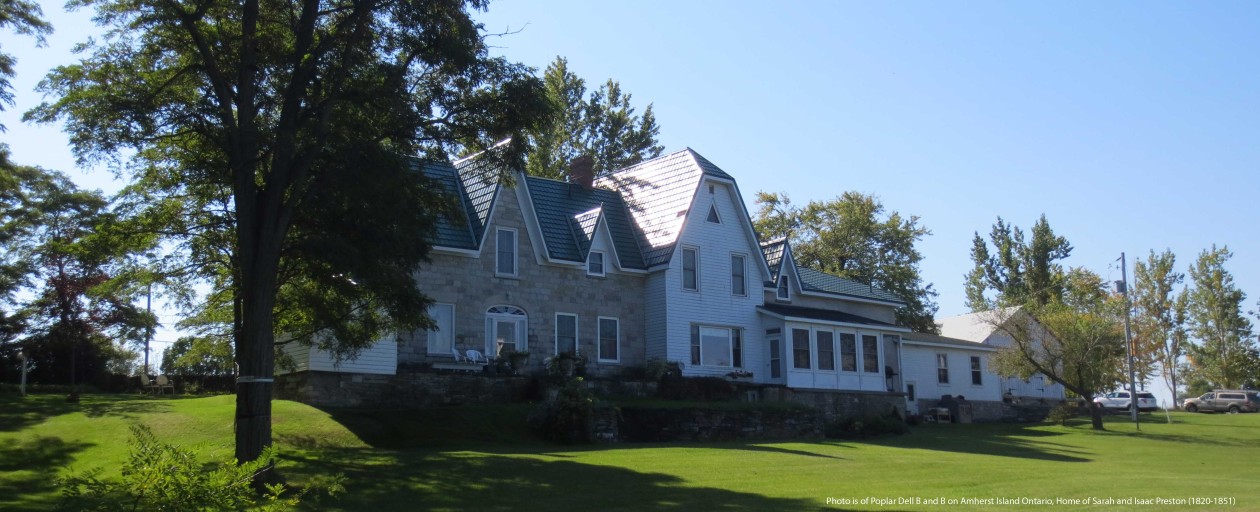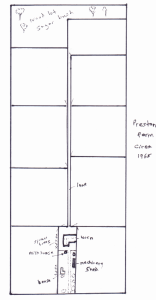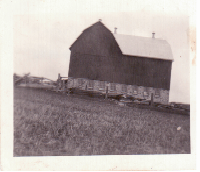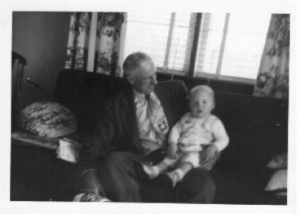It was one shitty day. This is not a figurative description of a bad day. Literally it was. Ok, what happened? It was hay season on the Preston farm. I was about ten years old. Hay in the 1960’s was baled onto flat wagons from the baler, similar to the picture below. The crew was one tractor driver and one man or two boys stacking the bales. We always built the loads 6 bales high; six lengthways on the bottom, two courses three across, then two, two and one row across the top, all to “lock” the bales in from sliding. I think the wagons were 20 feet long, so with an 18” x 18” x 36” bale size; about 148 bales per load. The weight of each bale was 40 – 70 pounds depending on moisture and content. (Alfalfa being dense). Alright, you get the picture. I liked to ride the top of the wagon when the loads were being transferred from field to barn. With the wagon deck at about 3 ½ feet off the ground and six levels of bales, my perch was over 12 feet high. Great for scenery and excitement.
Side view of a square bale load.
Back to “that day.” My grandfather was delivering a load of hay to the neighbouring farm, that of Norman Lillico. Our path meant travelling through the barn yard. A barn yard in summer with a herd of twenty cows eating fresh pasture is very full and very fresh. Walking was treacherous. The barnyard also, had a slope, running down from the silo, to the milk house and gate. If you enjoy Stewart McLean stories, I think you know what is going to happen.
We get started behind the barn. I clamper up to my perch. My grandfather hitches the tractor and we are off, slowly descending the gentle slope. Except there is also an “S” turn across the slope. We start the turn, the wagon groans. The bales start to slide sideways; a slow shift. I am now riding the wave, down. However, I don’t land on the bales. I land in the cow patties.
My grandfather sees a mess: the bales. Oh, and me. I have shit in my hair, on my face, arms, pants, and shirt. Ugh! I roll in the long grass, removing some, smearing the rest. Off to the house I go yelling for my grandmother’s help. She will know what to do. She hustles from the summer kitchen door, apron on, then stops in her tracks. “Not one step further!” she yells. “Go to the wood shed. Strip to your underwear. Leave your clothes there. Get a bath. Make it two baths!”
I did. She washed and dried my soiled clothes. Isn’t that what grandmother’s do? All was well.
That story was a favorite of my grandfather. Mine too, after the cleanup.







